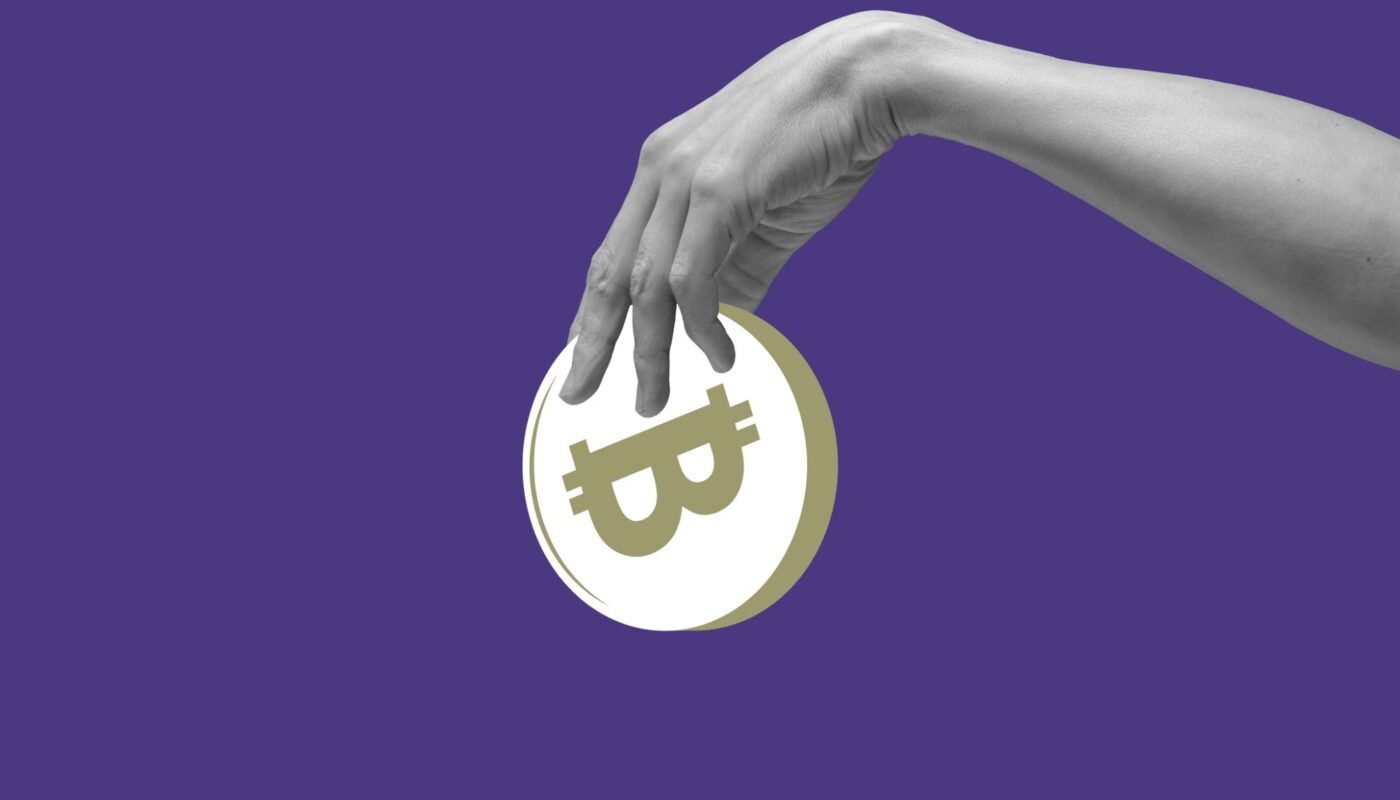
The opinions expressed by Entrepreneur authors are their own.
OpenAI launched ChatGPT in November 2022, while the cryptocurrency and blockchain industry was mired in scandals, insolvencies, hacks, and falling prices – to say the least, an industry in crisis. You can imagine this period as a high-tech version of “A Tale of Two Cities,” with one industry in turmoil and the other in an era of unprecedented prosperity.
As we all know, ChatGPT will represent rapid advancements in generative artificial intelligence and natural language processing, shocking the world with its ability to quickly generate data and help users with a wide range of tasks. Accumulating a record 57 million active users in its first month, ChatGPT revolutionized entire industries and launched the Big Tech AI arms race.
Amid the height of intrigue and hype surrounding the development of artificial intelligence, blockchain and cryptocurrencies have been embroiled in a devastating bear market and overshadowed by other hot new technology.
Bitcoin has reached a new all-time high price of over $70,000. At the same time, primarily other cryptocurrencies show an upward trend; the certainty of an upcoming bull market has never been greater. With the industry poised for another boom, many outsiders are wondering whether it has matured enough to become more mainstream, or whether projects have not learned the lessons from the previous market downturn.
Related: Infographic: Bitcoin Rise Higher, M-cap Surpasses $1 Trillion
DeFi's enhanced supporting role
Developments over the past year point to a renewed cryptocurrency and blockchain space focused on real products, services and infrastructure – and less on flashy, hype-filled projects that deliver little or no value.
Decentralized finance (DeFi), which uses blockchain technology to provide intermediary-free financial services, is indicative of this new maturation and has since become the modest backbone of the industry's rebound.
The evolution of DeFi from a niche space for lending and lending or simply solving Ethereum's operational problems is reflected in improved solutions, increased scalability, expanded interoperability, and increased durability. With more mature exchanges, sustainable liquidity mining and yield options, and more robust smart contract auditing and regulatory compliance, retail investors and institutions are increasingly intrigued by the possibilities of DeFi.
As DeFi builds a more stable and sustainable foundation for the industry, underpinning these advances is an increased focus on infrastructure projects like Kima, which provides tools and interfaces to connect DeFi to traditional bank accounts and credit cards. Privacy and security features like Chainlink's decentralized network of nodes minimize smart contract security vulnerabilities by verifying on-chain data, enabling seamless cross-chain communication and interoperability with SWIFT.
Massive institutions are also taking stock of these improvements, as a recent pilot program led by the Canton network demonstrated. In it, several dozen institutions, including Goldman Sachs, BNY Mellon and Cboe, simulated numerous transactions in 22 blockchains.
Related: Bitcoin Will Halve Soon – Will This Cause a New Bull Run?
Cryptocurrency peripherals
In addition to increasing credibility, advances in DeFi infrastructure have enabled greater liquidity and easier access for a wider range of users, enabling funds to spread across the Web3 space. This goodwill has revitalized segments of the industry that emerged and thrived during previous bull markets but became poster children for what went wrong with cryptocurrencies after their crash: Blockchain gaming, NFTs (non-fungible tokens), and meme coins.
Blockchain gaming was a big thing for a short time. However, word quickly spread that these were not actually games, but rather a time-consuming and complicated way of staking tokens and NFT tournaments, leading to widespread criticism from players and even industry representatives.
We have now seen a shift in blockchain gaming, allowing the game itself to take the lead rather than the in-game economy. This has even led to the emergence of new types of games, including first-person shooters like “Exverse”, whose breathtaking graphics and story-rich gameplay are a far cry from point-and-click collectible card games like “Axie Infinity ” or “CryptoKitties”. “
Related: Are NFTs back? Why NFTs will return in 2024
NFTs are changing as blockchain gaming evolves, emphasizing quality of gameplay over cryptographic elements. We are witnessing a shift from overhyped, celebrity-endorsed “membership clubs” to more accessible and utility-oriented NFTs. New trends in this field include the use of improved generative AI technology to design unique collections, major brands such as Starbucks designing NFT-based loyalty programs, the use of NFTs to verify the authenticity of luxury goods, and other innovative real-world applications.
While NFTs are often misunderstood outside the wider Web3 world, non-crypto enthusiasts are aware of it. Memecoins are a bit more peculiar, however, in that even some in the cryptocurrency industry have never understood their purpose or appeal.
Although the value of meme coins is highly speculative, their price has been increasing recently. The boom-or-bust asset owes part of its renewed success to Bitcoin's rise, but it also owes much of it to the dedicated communities it has built over the years – even if it started as a joke. In the case of meme coins, their success depends on marketing and finding the right narrative at the perfect moment.
For example, the price of a Joe Biden-themed meme coin skyrocketed by 830 percent in early March as the US incumbent hit the campaign trail. Similarly, Dogelon Mars, whose namesake is inspired by memecoin enthusiast Elon Musk, has built a large and loyal community while forging partnerships and developing new financial products. This unlikely resurgence of memecoin highlights how cryptocurrencies' inherent shareability and connections to internet culture can spur true community building.
It certainly feels like when Bitcoin burns, it takes the entire cryptocurrency ecosystem with it. While this is certainly the case, the industry has also helped drive Bitcoin higher during previous bull markets – it's not necessarily a one-way street. Now, as the industry finds itself on the precipice of another bull market, it has overcome the coldest cryptocurrency winter in history and is preparing for further growth.



